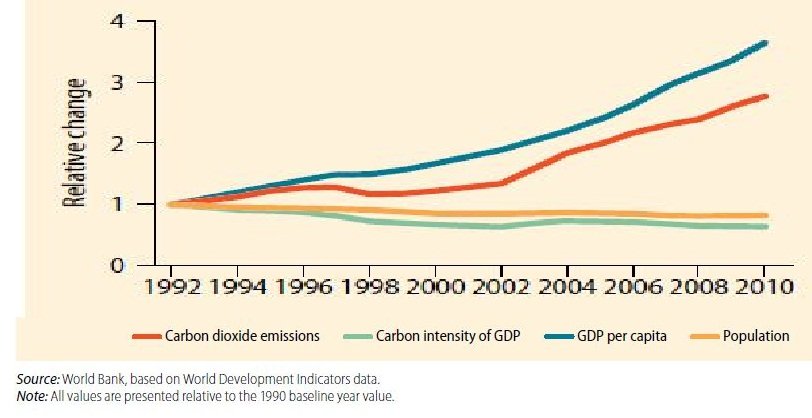Describing Personality # Vocabulary For IELTS
We mostly interact with humans and everyone has some specific characteristics which decides their personality. Who they are? Is the answer the words given below tell about a person.
- What is in it for me?
-
The people who don’t give a damn about what others have to say or what others opinions are. The ones for whom if their selfishness, greed or desired hurt others they really don’t give a damn.
Such people are called EGOIST - The world revolves around me
-
A: You now I just bought a phone.
B: great! Akhilesh is planning to go America!
A: So, what. You know I have a bungalow there. Have even been on five world tours.
B: wow! I think I must read this book.
A: This one, oh I have read it so many times!!
Who is this other guy, who talks of himself/herself and no one else? He /she is an EGOTIST. - I am there for you.
-
A: Oh god! What am I going to do here?
B: don’t worry I will help you.
A: but I also have to do this and then than.
B: no, problem. I am there for you.
Who is this second person? He/she is an ALTRUIST. - What do they think of me?
-
Did I said the right things? How can he have so many friends, I can’t even tolerate one friend for a long time. I like living alone.
Who is this person? He/she is an INTROVERT. They are too shy to be social and often prefer doing work alone than together. - Let us do it.
-
Are you the life of the party? Do you have many friends and do you like to interact with different people? Are you always on high spirits? Are you the one who never worries about his/her actions?
Who are you?
You are an EXTROVERT.

